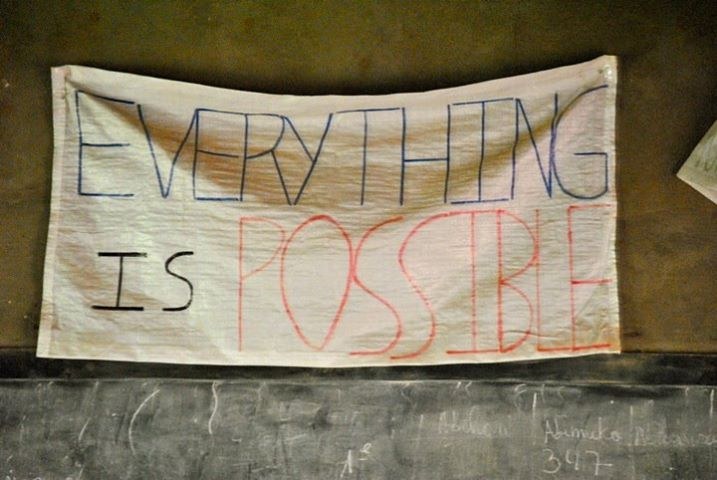For the past few days, I debated whether I should write a piece on my travels in the "Land of 1000 Hills." I knew there would be anniversary look backs, features, and human-interest stories throughout the media. However, I chose to ultimately share some of my experiences in order to spread awareness and pay respect to the lost.
This past Monday, April 7th, marked the twenty-year anniversary of the official start of the Rwandan Genocide; a period of three months that claimed the lives of nearly one million innocent people and changed the "Heart of Africa" forever.
In 2012, I traveled on an immersion trip to Rwanda for three weeks. During our stay, we lived at an orphanage, with many children who were victims of disease and the massacre. Having already tackled much of Europe, I thought myself prepared to take on a more daring trip. But my worldview had only gone so far. Nothing could have prepared me for the moving experiences that I would encounter.
Rwanda opened my eyes and gave me an entirely new perspective.


Rwanda is truly a country of natural beauty. Between the rolling hills, animated wildlife, and scenic views, it is hard to imagine such destruction years ago.
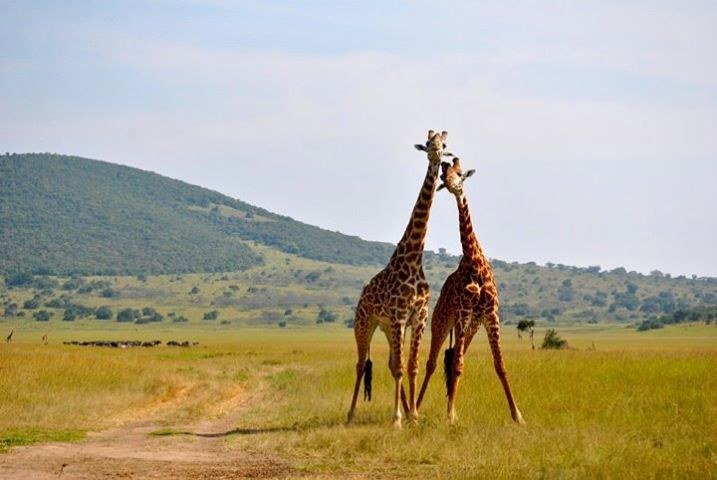

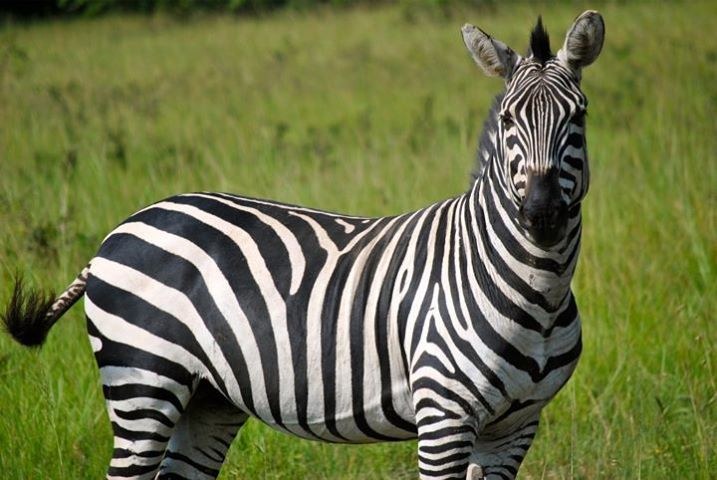
It must be understood that genocide does not occur overnight. It is a coordinated, planned attack that takes precision, tact, and time. Whether it is Extremist Hutu or Nazi Germany, the end result is the same. Extermination.
Stated simply, before the genocide and gaining independence, Rwanda was split into two classes of people: the Hutu and the Tutsi. The Hutu, the majority, were originally seen as inferior to the Tutsi, the elegant and ruling class. However, by the late 20th Century much of this had developed into an ongoing tension and a plan for a final solution.
The killings began long before the genocide; and oppression began in years as early as the 1960's. Over time, a cruel viewpoint was developed by Extremist Hutu people, which was spread through the media, specifically propagandist radio stations. Using humor and charm, the Extremist Hutu garnered support for their cause, which was to wipe out the Tutsi people.
Concurrently, the Extremists began to arm their supporters. Preparations were beginning as early as the start of the 1990's.
At the time, and even after the assassination of the previous president, then president, Juvénal Habyarimana, attempted to fight for peace within his country.
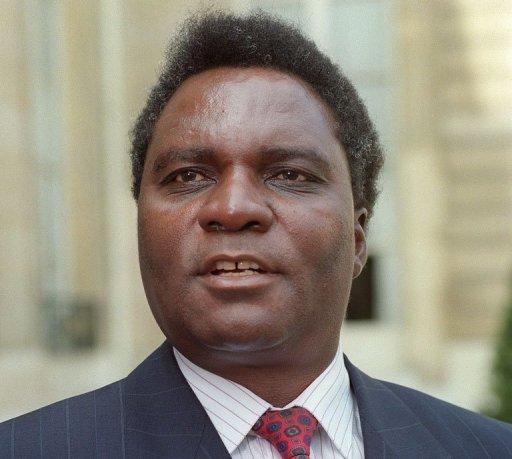
However, Habyarimana, a Hutu, was unaware that he would soon serve as a major chess piece in one of the most devastating mass killings in history.
On April 6, 1994, while landing in Kigali, Rwanda, Extremist Hutu groups shot down Habyarimana's plane; however, the Tutsi were blamed for killing the very president who fought for peace in Rwanda. This event was used as a catalyst for genocide.
The response was a culmination of years of planning. Almost immediately, parts of the country were barricaded and sealed off to stop Tutsi people from leaving.
The true attacks began. Neighbors killed neighbors. Friends betrayed lifetime loyalties.
There was no hesitation with seven people being killed each minute.

The massacres lasted over three months with no international intervention. If it were not for the efforts of the Rwandan Patriotic Front (RPF) and current President of Rwanda, Paul Kagame, the complete eradication of the Tutsi people could have been successful.
I don't consider myself a very outwardly emotional person. If I share, it's because I want to. But, typically, I am able to keep my composure and internalize. However, two specific moments overtook me while learning about these terrible atrocities. I was confused. I was overwhelmed. I was distraught.
Mass graves are a regular site in Rwanda. Driving on dirt roads passing small areas covered with crosses is not uncommon. This directly connects to the many mass killings.

One of the most infamous mass murders occurred at Ntarama Church, which claimed the lives of over 5,000 people. Here, the citizens were told to seek refuge in the church, while the attackers formulated a trick plan to kill them all.
On my trip, I visited this church. Today, the bodies have been cleared and buried, but the church itself serves as a memorial to the victims. The walls show visible bullet holes and damage from grenades. The pews and floors are draped with the raw, blood-ridden clothing of those who perished. As I walked through the broken down entrances, I could still smell the death. Despite it being nearly 90 degrees outside, the church was cold and damp. It was sickening.
The maze of agony and pain moved through a sanctuary of malice as skulls and bones were on display for any visitor. It presented just how many had perished.
The 5,000 in the church were not only shot, but also brutally murdered. Sometimes being beaten to death or crudely hacked with machetes.
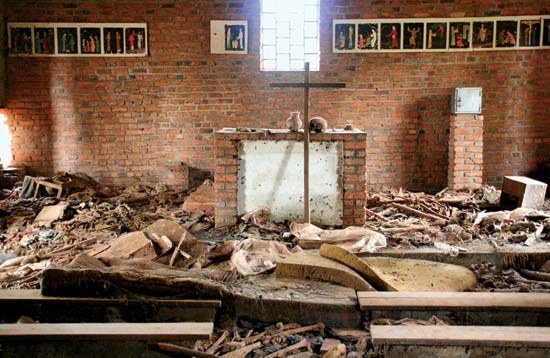
Even more disturbing than the death, was the rape. The disgusting and barbaric rape of thousands of women.
In the lower level of the church, displayed beside human remains, was an enormous cross with a pointed bottom. This cross was used as a tool in the rape of a Tutsi woman. After being repeatedly gang-raped, her attackers used the sharpened cross as a weapon to both sexually abuse and later kill her. Through all the stories and anguish, this clear-cut moment has become a symbol for me. A symbol of the evil power man holds within. A true loss of humanity.
This made the genocide incredibly real to me. I no longer felt far from this issue; seeing "the devil" gave me the ability to truly empathize.
In turn, this also desensitized me. Further sites and memorials did not make as great an impact on me…until we visited the Kigali Genocide Memorial Centre in our final days.
I'm not sure why this specific moment had such a profound effect on me, but my emotional peak reached its limit when I came across a section filled with personal anecdotes. I was struck to the core.
I found myself alone in a small room filled with photos of young Rwandan children. Underneath their photos was information about their hobbies, personalities, and lives…as well as, their untimely deaths.
The words still ring in my mind. A three-year-old brutally bludgeoned to death. A baby, not even a year old, burned alive.
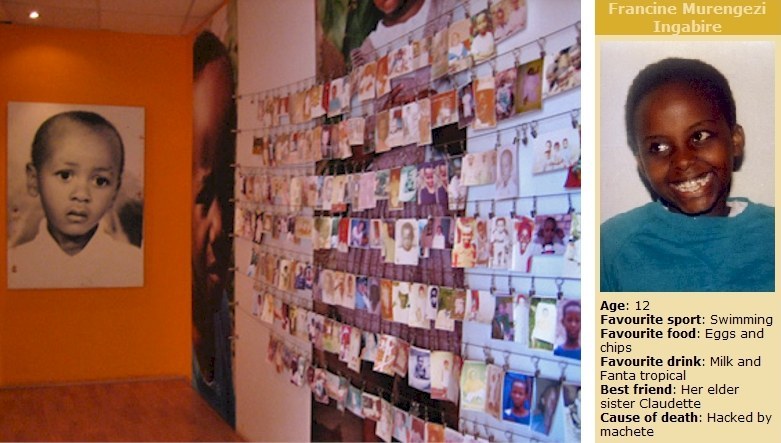
The room began to spin, and I felt faint. I rushed to the bathroom and splashed my face with cold water. While I stared at my dripping wet expression, I could not hold back. No matter how much I tried to wash away these burned images, they still stuck in my mind.
How could someone be capable of such heinous acts? What could drive a human being to do such things? I could not hold back…I began to cry.
I stumbled out of the restroom, and into the outdoor gardens. Completely beside myself, I moved through the trees, and past mass graves, attempting to pull myself together. I had already witnessed much worse during my stay, but I reached my limit. I had enough. As an American, personally unaffected, I sincerely felt the pain and anguish of the genocide.
Looking back, I'm glad I did.
Being in Rwanda nearly twenty years after the genocide was life-changing. I saw the wicked behavior of a misguided and brainwashed people. I saw the effects of atrocious acts through my interactions with survivors and tangible remnants of maliciousness.
I met children with no family. I met teenage boys, no older than eighteen, with massive scars on their faces and bodies. Walking symbols of the malevolence that spread through the country.
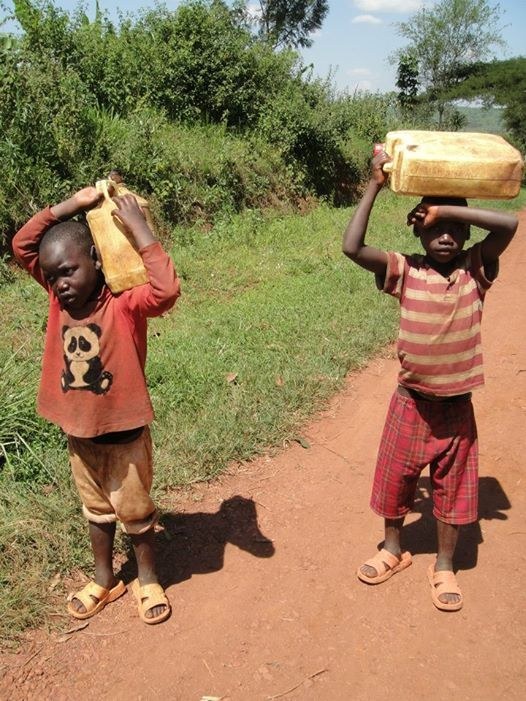
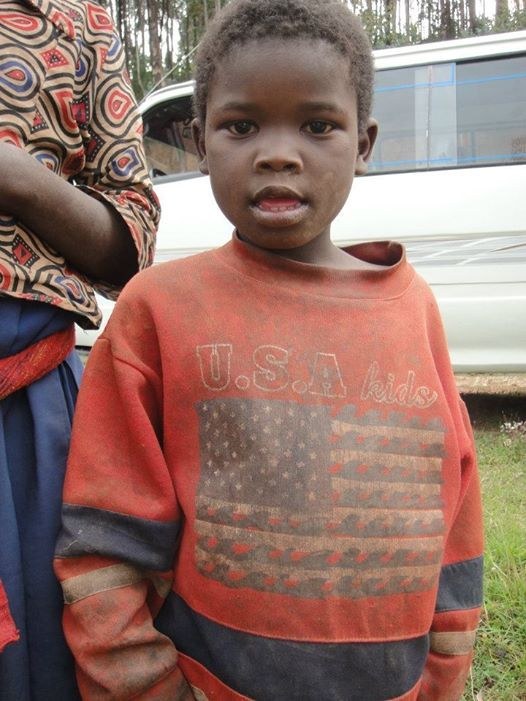
And through the torture and sorrow, Rwanda now stands as a country of hope.
The country has made real attempts to move on. The population has stabilized after losing more than 20% of its people. There are no longer the classifications of Hutu and Tutsi. They are just Rwandan, united by the dual pain of guilt and grief.
The country saved itself from personal annihilation, and has rebuilt. The economy has become stronger. The people hold a resolve. Harboring hate will only create more dissention, and inability to start anew.
Rwanda will never forget the past, but it has made a conscious effort to move forward and reshape itself as an example of recovery for the rest of the world.
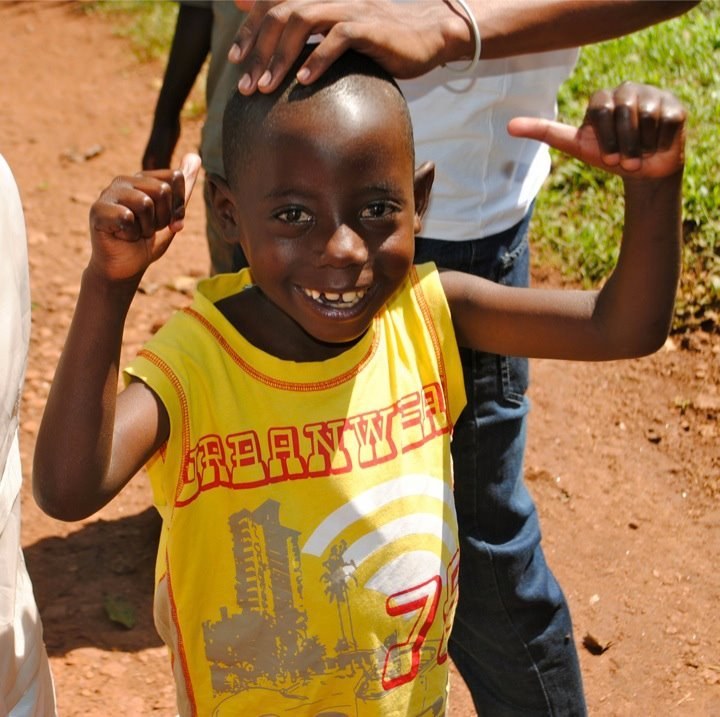
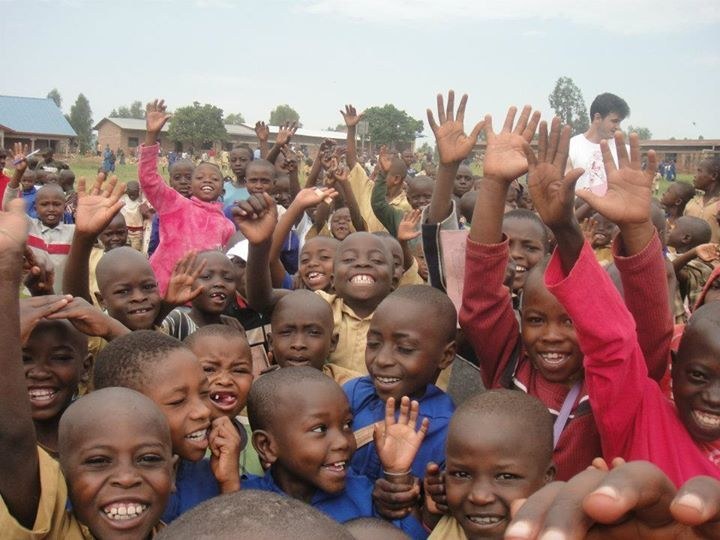
Events like the Rwandan Genocide demonstrate how true, real evil can exist in human beings. It shows how both vulnerable and manipulative we can be. And therefore, we can never forget. Regardless of your location or connection, as a species, we must learn from our mistakes, both on an internal and external level.
